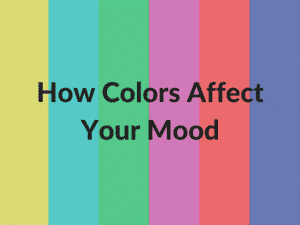

In conclusion, this study provides empirical evidence on the emotional responses of different shades of white, and supports designers to find an appropriate color for designing white based products. In addition, although color was the most dominant element that decided product emotion, gloss and texture were also found to influence the emotional characteristics of products. Consistent tendencies were observed in Experiment II and Experiment III, confirming the validity of the results. In Experiment I, white was identified to be dominantly more elegant in comparison to the other colors in Experiment II, the emotional characteristics of 25 shades of white were assessed to derive an equation for predicting the emotional quality based on the color attributes of different shades of white lastly in Experiment III, 1:1 scale mock-ups of mobile phones, coated with various shades of white as well as different levels of gloss and texture, were employed for further emotional assessment of white products in real-life situations. The study involved three experiments: Prior to the main experiments, the emotional characteristics of 13 basic colors were evaluated from which four factors, flamboyant, elegant, clear, and soft were extracted to facilitate the evaluation of white in the subsequent experiments. This study aims to investigate the emotional characteristics of various shades of white. doi:10.The Emotional Characteristics of White forĭepartment of Industrial Design, KAIST, Daejeon, Korea Color preferences in infants and adults are different. Taylor C, Schloss K, Palmer SE, Franklin A. Color and psychological functioning: the effect of red on performance attainment. doi:10.1002/col.20597Įlliot AJ, Maier MA, Moller AC, Friedman R, Meinhardt J. Colour psychology and colour therapy: Caveat emptor.
Color moods test professional#
The dark side of self- and social perception: black uniforms and aggression in professional sports. Perception of the color red enhances the force and velocity of motor output. Understanding color associations and their effects on expectations of drugs' efficacies.

Impact of chromotherapy on professional quality of life in intensive care unit nurses: a randomized controlled trial. The mechanistic basis of chromotherapy: Current knowledge and future perspectives. Universal patterns in color-emotion associations are further shaped by linguistic and geographic proximity. Jonauskaite D, Abu-Akel A, Dael N, et al. The application of color psychology in community health environment design. Color and psychological functioning: a review of theoretical and empirical work.

White: As many of our readers have suggested, the color white can feel fresh and clean.


 0 kommentar(er)
0 kommentar(er)
